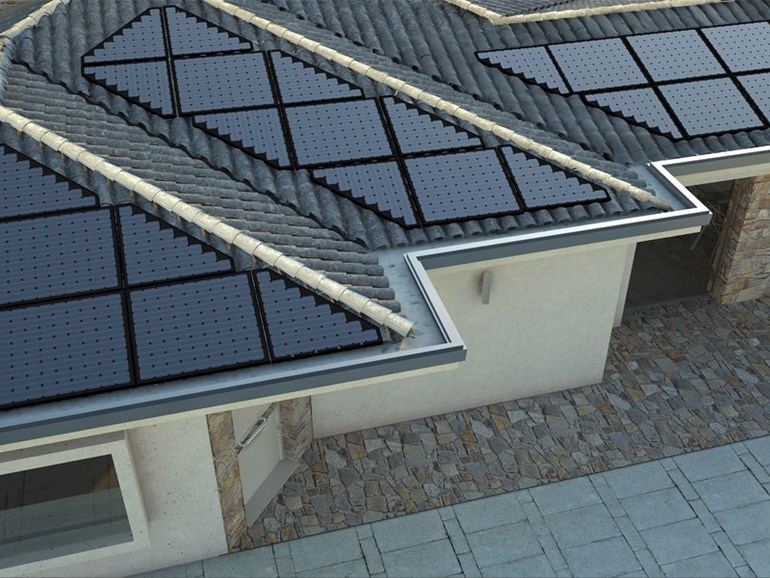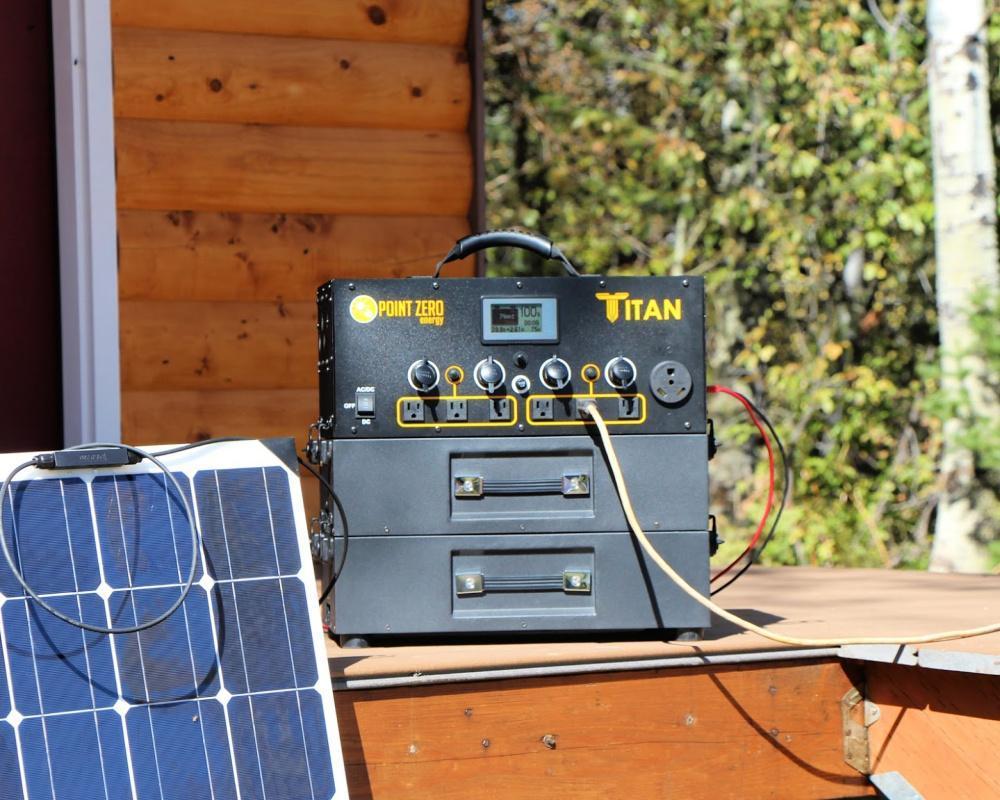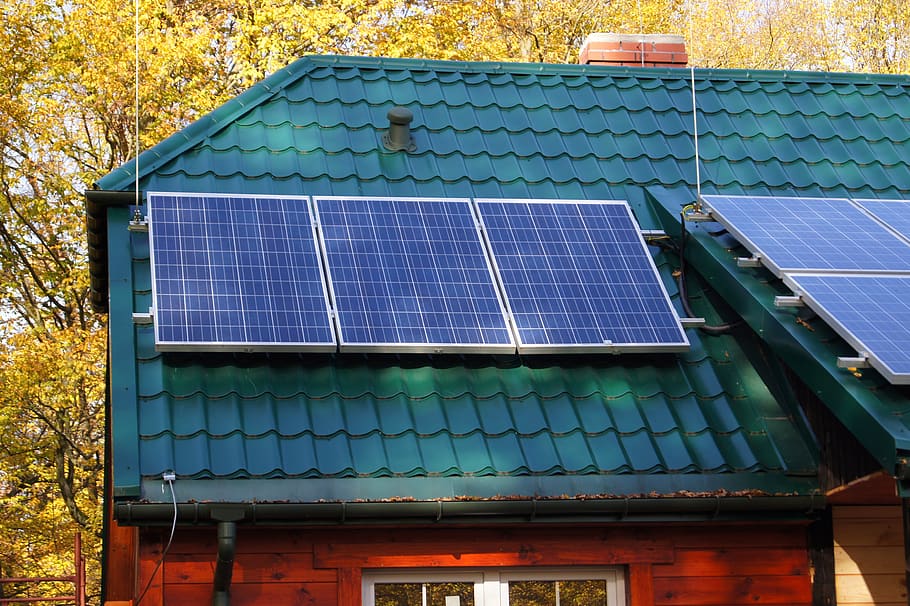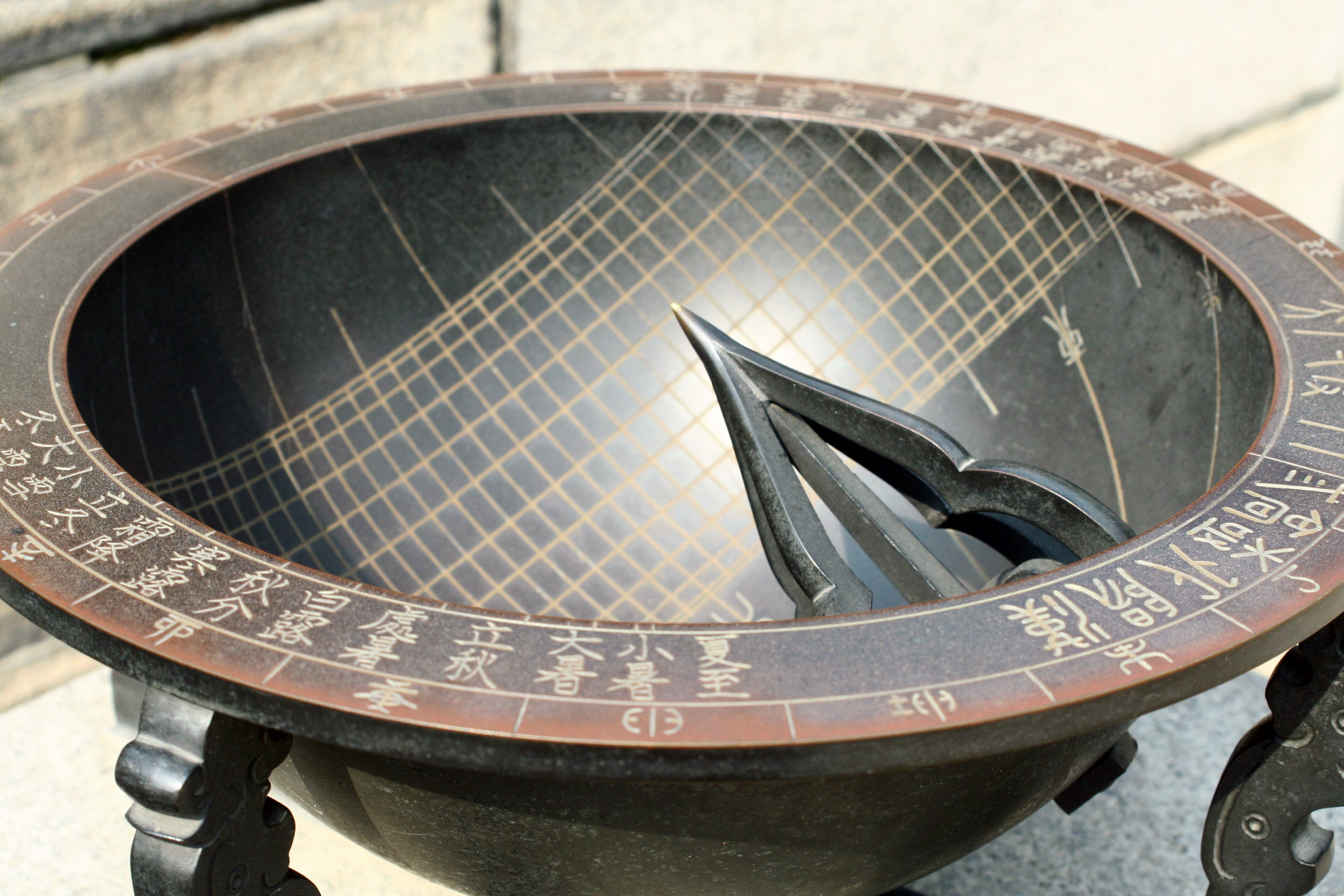Triangular solar panels haven’t gained much popularity yet, but they do exist! These panels are efficient, versatile, and aesthetic for houses with triangular roofs.
There isn’t much information on them, but don’t be fooled – they can successfully power homes, businesses, and equipment just like rectangular solar panels do.
In this article, I list their pros and cons, compare them to standard solar panels, and give my opinion on whether they’re worth buying.
Read on to see how and why these are made and if they can benefit you!
The Manufacturing of Triangular Solar Panels
Triangular solar panels are more complicated to build than rectangular ones, and there aren’t many manufacturers eager to make them.
Solar cells are squared with round corners, so using them in triangular panels requires some tweaking. They fit well in the middle but need to be adjusted to fill the triangle. Some manufacturers even use fake cells to fill these gaps.
Because they are more challenging to make, most manufacturers only work on custom orders. You can also expect to pay a lot more than you would for rectangular solar panels.
Quick Features of Triangular Solar Panels
- Triangular solar panels are designed by combining triangular and square-shaped panels.
- Triangular solar panels are visually appealing.
- Triangular solar panels can fit in spaces previously not utilized due to constraints.
- Triangular solar panels are easy to join with rectangular ones and have a quick installation.

Reasons to Use Triangular Solar Panels
Triangular Roofs
The most common reason people choose triangular solar panels is to use every inch of their roof space. Not all roofs are rectangular or square, and using rectangular-shape solar panels on a triangular roof will leave unutilized gaps.
Triangular solar panels are more efficient on a triangular roof and allow you to capture the maximum potential solar energy.
Aesthetics
Triangular solar panels look better on triangular roofs. If you’re big on aesthetics, you’ll be happy to know that these panels seamlessly blend with a triangular roof design.
The Pros and Cons of Triangular Solar Panels
The Advantages
Efficiency
Triangular solar panels are more efficient on triangular roofs.
They use every open space to generate power, increasing the maximum potential output.
The Disadvantages
Fewer Manufacturers
Triangular solar panels aren’t readily available, and most manufacturers prefer making them on a custom request.
There aren’t many manufacturers you can choose from, and you might have trouble finding one in your area. One is listed here.
Cost
Custom solar panels like triangular ones are more expensive than those mass-produced. You can expect to spend almost twice as much on triangular solar panels than you would on rectangular-shaped ones.
Warranties and Lack of Research
Triangular solar panels have fewer warranties than standard ones because little data has been captured on their life expectancy so far.
Triangular Solar Panels vs. Rectangular Solar Panels
Standard solar panels are square or rectangular. Manufacturers find these shapes easier to make because poly and monocrystalline solar cells are cut from an ingot of silicon into squares. Thanks to their efficient shape, squares are easier to cut from silicon sheets.
Because rectangular solar panels offer the most logical use of space on the panel, there’s a misconception that triangular solar panels aren’t as efficient. The truth is, solar panel efficiency depends on the type of solar cell it’s made of, not its shape.
If you use triangular solar panels on a triangular roof, you’ll cover every open spot on your roof. The blank cells used to fill in the triangle will be compensated for, and you’ll find that the triangular panels work exactly like standard ones.
Are Triangular Solar Panels Worth It?
Even if you have a triangular roof, these solar panels may not be worth it. Solar panels usually aren’t budget-friendly, and triangular ones take the cake!
Unless you plan to cover your entire roof or create a triangular shape on it, you can go with rectangular solar panels. Triangular panels won’t produce more energy or save you money.
The Future of Triangular Solar Panels
If you have the funds and want to contribute to improved technology, choosing triangular solar panels will help shape its future.
Right now, triangular solar panels aren’t a popular choice, and some countries don’t even manufacture them. This contributes to their high cost and general lack of interest.
Once more people start asking for triangular options, solar panel manufacturers will feel the pressure. They’ll have no choice but to find a cost-effective way to produce triangular solar panels for the market.
Triangular Solar Panel Options
Triangular solar panels can have either polycrystalline or monocrystalline solar cells on them.
Polycrystalline
Polycrystalline solar cells are cost-effective, so triangular solar panels made with these might cost a little less. The only disadvantage is that polycrystalline solar cells don’t perform well in low light or high temperatures. You need to be sure your area is a fit for these cells if you choose them.
Monocrystalline
Monocrystalline solar cells are more efficient than polycrystalline cells. It’s estimated that they produce between 15 and 20% more energy per square foot! Monocrystalline solar cells also work well in scorching temperatures, and they have a life expectancy of 25 years.
To Wrap it Up
Triangular solar panels can be challenging to find and will cost more than standard ones, but they are just as efficient and can seamlessly blend in with your design dreams. I recommend putting the cash down and opting for triangular solar panels made with monocrystalline cells to ensure that your energy needs are always met.
If you have the money to spend, you won’t go wrong with getting these solar panels custom-made for your roof.



